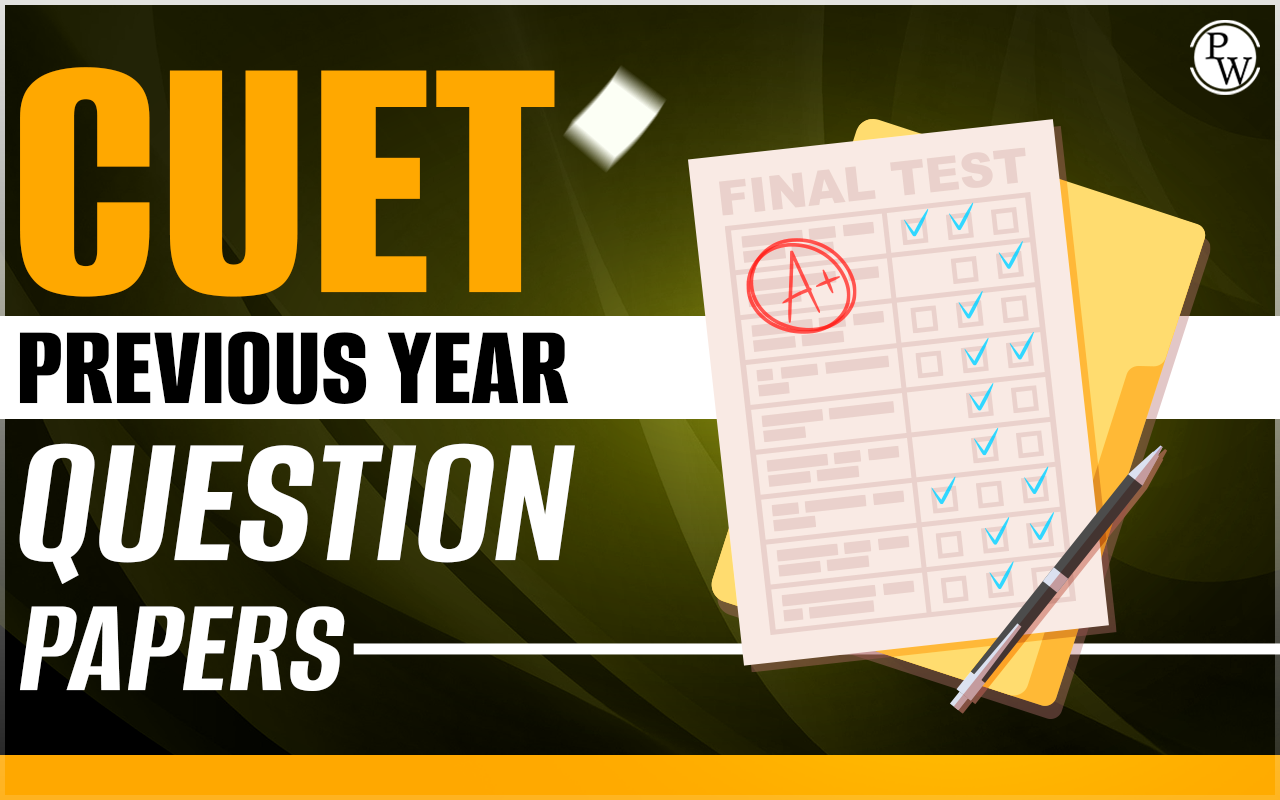

CUET 2025 Goes Fully Online: CUET 2025 will be conducted entirely in an online format, marking a significant shift from the previous hybrid mode. This transition to a Computer-Based Test (CBT) will affect all subjects and is expected to streamline the cuet exam process, providing students a more efficient and secure way to take the test. With this change, students must familiarize themselves with the new format and its features to ensure they are well-prepared for the exam.
CUET 2025 Goes Fully Online
CUET 2025 will be fully conducted in Computer-Based Test (CBT) mode. Below are the key details regarding the exam format and structure:
|
Feature |
Details |
|
Conducting Body |
National Testing Agency (NTA) |
|
Exam Mode |
Computer-Based Test (CBT) |
|
Exam Duration |
60 minutes for all papers |
|
Total Subjects |
37 subjects |
|
Language Subjects |
13 languages |
|
Domain-Specific Subjects |
23 subjects (e.g., Physics, Chemistry, Economics, etc.) |
|
Question Format |
Multiple Choice Questions (MCQs) |
|
Total Questions |
50 questions for most papers; 60 questions for the General Aptitude Test (GAT) |
|
Marking Scheme |
+5 for each correct answer, -1 for each incorrect answer |
|
Negative Marking |
Yes (1 mark will be deducted for incorrect answers) |
|
Compulsory Questions |
All questions are compulsory and must be attempted |
|
Maximum Number of Subjects |
Up to 5 subjects can be chosen |
What is CUET?
CUET (Common University Entrance Test) is a national-level entrance exam for undergraduate admissions to various central universities in India. It is conducted by the National Testing Agency (NTA) and serves as the primary admission test for programs at universities such as Delhi University, Banaras Hindu University, JNU, and many others. In 2025, the exam will be entirely online, marking a departure from the hybrid model used in 2024, where some papers were conducted offline (pen-and-paper) while others were held online. This change will impact both the logistics and the experience of taking the exam.
Key Changes in CUET 2025
CUET 2025 introduces several important changes that will impact students appearing for the exam. Here are the key updates to be aware of:
1. Fully Computer-Based Test (CBT) Mode : The most significant update is the transition to Computer-Based Test (CBT) mode. As per the UGC notice released on December 11, 2024, all CUET UG 2025 exams will be conducted online. Previously, the exam was conducted in a hybrid mode, where the most popular CUET subjects were administered offline while others were held online. However, with the decision to go fully digital, students will now have to take the test at designated exam centers using computers provided by the NTA.
2. Exam Duration and Structure : The duration of the CUET 2025 exam is set at 60 minutes for each paper. The test will continue to follow the multiple-choice question (MCQ) format.
-
General Aptitude Test (GAT): This test will include 60 questions, which cover basic logical reasoning, quantitative aptitude, and general knowledge.
- Domain-Specific Subjects: A total of 23 domain-specific subjects are available for the exam, where students can choose up to five subjects.
- Language Subjects: Students can opt for one of the 13 language subjects offered by the exam.
Each paper will consist of 50 questions, and candidates will need to attempt all of them.
3. Marking Scheme : The marking scheme for CUET 2025 will follow a +5 for each correct answer and -1 for each incorrect answer format. The penalty for wrong answers will remain the same as in previous years, so students need to be cautious when answering.
Advantages of the Computer-Based Test Mode
The shift to the Computer-Based Test (CBT) mode in CUET 2025 provides several benefits for students. Here are some key advantages:
1. Faster Results Evaluation : The biggest advantage of the CBT mode is that it allows for quicker evaluation of exam papers. With traditional OMR sheets, there could be delays due to manual checking and processing, but with CBT, answers are recorded digitally, making it easier to evaluate and announce results faster. This means students will likely receive their results sooner than in previous years.
2. Reduced Human Error : With the move to CBT, the chances of human error in scoring the exam are significantly reduced. In offline exams, there was always the risk of errors during the manual evaluation of OMR sheets, but with the digital format, the entire evaluation process is automated, ensuring more accurate results.
3. Environmentally Friendly : The shift to an online exam reduces the use of paper and other resources typically needed for offline exams, such as OMR sheets and printed question papers. This will result in a significant reduction in paper waste, making the exam process more eco-friendly.
4. More Flexible Exam Centers : Online exams can be held in a wider range of venues as long as they are equipped with computers. This flexibility allows the NTA to expand the number of available exam centers across the country, offering students more options for where they can take the test. This can be especially beneficial for students in remote areas who previously had limited access to CUET exam centers.
5. Improved Security Measures : Security is one of the major concerns during any entrance exam, and the shift to CBT brings enhanced security features. The online format makes it easier to implement advanced measures like remote monitoring, biometric identification, and randomization of questions to prevent cheating or any unfair practices.
CUET 2025: Subject and Paper Selection
Students can choose up to five subjects from the total list of 37 subjects offered by the CUET. The exam is divided into the following categories:
-
Language Subjects (13 languages): Candidates can choose from languages like English, Hindi, Sanskrit, Punjabi, and more.
-
Domain-Specific Subjects (23 subjects): These include subjects such as Physics, Chemistry, Biology, Mathematics, Economics, Political Science, History, and more.
-
General Aptitude Test (GAT): This is a compulsory section for all students, designed to test general knowledge and reasoning skills.
The flexibility in subject choices allows students to select papers that align with their academic background and future aspirations. However, it is important to note that all questions are compulsory there are no optional questions in the CUET 2025 exam.
CUET Exam Pattern 2025 FAQs
Q.1 : What is the CUET CBT exam?
Q.2 : When will the CUET UG 2025 registration begin?
Q3. What is the exam duration for CUET 2025?
Q4. Are there any changes in the exam format?













